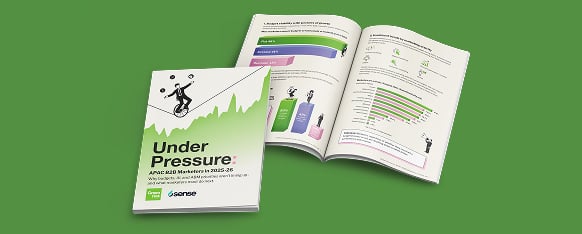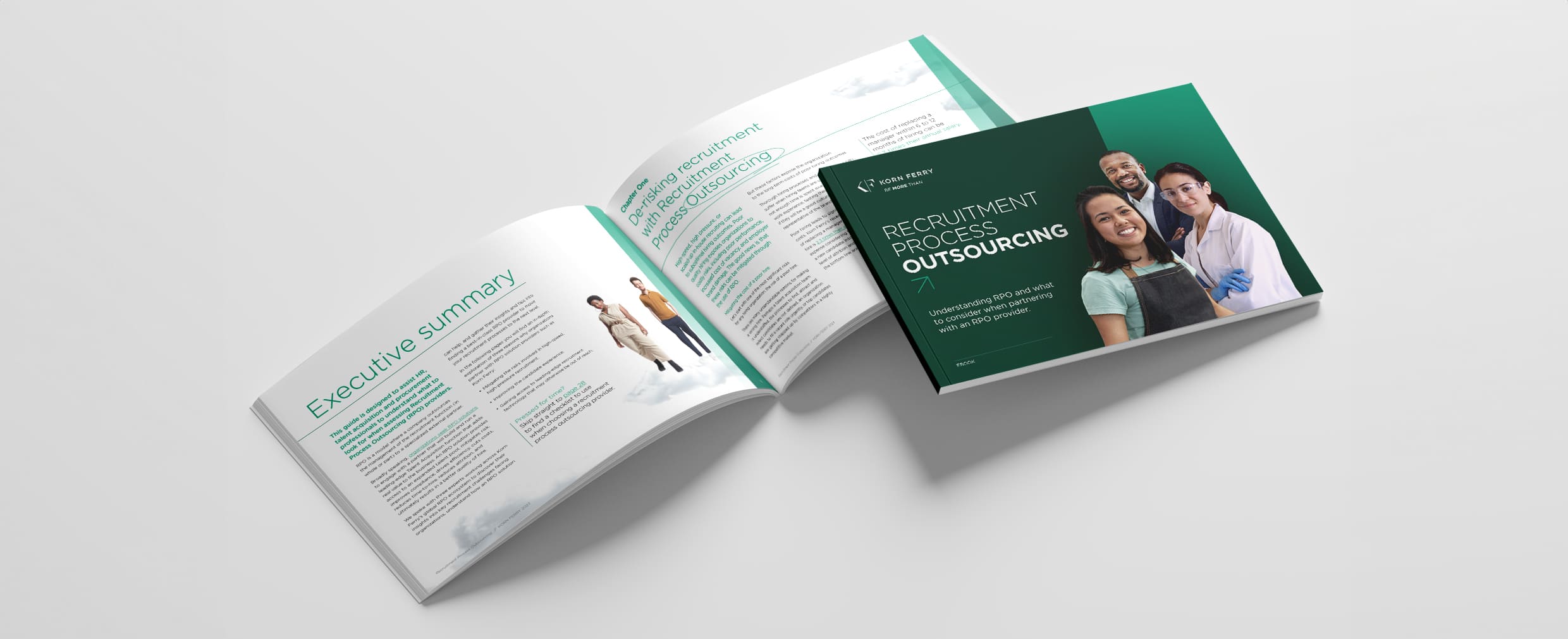Perception is the reality when it comes to personal brand. As the adage goes, it’s what people say about you when you leave the room (virtual or actual), that embodies your brand in business and life.
Conversations build perception. If you’re not perceived by others, you’re defined by your absence. The new year is the perfect opportunity for B2B leaders and executives to ramp up their personal brand. But why bother?
Building your personal brand amplifies and scales the best of you. It opens up business development opportunities, future career pathways, and enriches your work day-to-day. It’s as close as we can come to future proofing ourselves in an environment of constant change. (Also, your competition is, and they may drown you out…)
Try not to let yourself get stuck in the ghost of marketing past.
Define an area of expertise
Even if you’re a polymath who can wax prolifically about numerous topics, pick a focused target. Be the ‘go-to’ person for a specific area that you can credibility ‘own’, such as ‘cloud technology for education’. It’s still a big topic, but it’s far more focused than technology or education on their own. You can still participate in those larger communities of interest, but the time you spent creating content, being visible and adding value will be focused on that one area for maximum ROI.
Small niches run deep, and you significantly improve your chances of on and offline discoverability by keeping things on point. Be able to answer – where is the centre of the target for your topical authority?
(This will evolve over time, and as you build up your brand you can bring more of your passions centre stage).
Create content
Start personal content marketing. Choose your preferred channels and start posting consistently.
Remember that content doesn’t always equal a blog post. Content means showing up. Content is creating an experience.
- First, optimise your professional profile pages and where you’re sending people so you’re following through on the expectation you’re setting.
- Create a signature piece of content to start you off around your topical speciality (a video, a guide, an analysis, list of resources, or white paper, for example).
- Blog on LinkedIn’s Pulse platform.
- Live tweet or live stream events you attend for those who can’t make it along.
- Contribute guest posts and articles to publications you admire in your space – or to those just starting out who will value your contribution so much that they’ll promote it proudly and extensively.
- Put your hand up to be on a panel. Promote it in advance then write about it afterwards.
- Contribute quotes or insights to trend report or white papers other influencers and experts are writing.
- Host a webinar from your desk, or home office.
- Curate third-party content that your community will use and love (that aligns with your niche and personality).
Once you’ve figured out the frequency and styles that work for you, consider a personal newsletter. Email remains the most powerful channel for building a personal brand base and the creative possibilities are nearly endless.
Your content style should be manageable and reflect you. Some love to write long reads, others short bursts of video. Others focus on in-person contact and content at events, which followers will then package up and share on social media.
Experiment till you find what you can reliably repeat and work into your schedule. Written content tends to be easier to create in advance and schedule, but video content tends to engage more (and digital platforms currently favour it).
Creating and distributing content regularly is key to building habit with your growing audience, and fleshing out your digital presence so you’re at the top of the list when people search your area of expertise.
Whatever you do, make your content easy to find and share. Let people take it, share it, reblog it, curate it, make it their own and add their own context.
It’s time to ask yourself if you have the traits of a leading Chief Marketing Officer?
Offer something unique
There’s a glut of homogeneous content out there doing and saying not much of anything. More content for the sake of it may be personally edifying, but it won’t guarantee outcomes without strategic and tactical application.
Look at what’s not being said that you believe should be. Can you add needed examples to theories that aren’t yet validated? Which topics can you build collective wisdom around?
Draw on personal stories wherever possible. Showing off more of yourself is emotionally appealing and increases the chances of attracting like-minded people. A brief connection or a short piece of raw, insightful content is a better use of everyone’s time than a 50-page report of obfuscating double-speak.
Don’t be passive. Start a fire
Conventional wisdom suggests you stay away from controversial topics when it comes to your public image. Unless you’re looking to fashion a fire-brand, don’t go throwing conversational bombs unprepared. But run too fast in the other direction and you risk banality.
Peak content means there’s an uncanny molasse of commentary out there.
We live in volatile, disruptive times. Leading voices don’t always have to be calming. Don’t be afraid to have an opinion, challenge the status quo or speak uncomfortable truths. Tether your brand to things that are real and compel a reaction. (But stay civil and remember the internet is forever).
Empower people drawn to you
People participate when they feel they matter, and social momentum happens when you’re a centre of positive gravity.
Provoke an experience people want to repeat. Empowerment is addictive. How can you push it?
Be generous and solve problems in creative ways. Help people meet a need. Answer a question. Solve a problem. Pose a challenge. Connect them with opportunities. Help them win.
Build a tribe (not just an audience)
Some executives I’ve coached around personal brand started out with a goal of maximum reach with minimum effort. This makes sense – time is precious and hard-won. But reach isn’t the same as influence.
An audience is wonderful, but a community is a smarter play.
As Trevor Young puts it: “A person’s village of support represents a groundswell of people with whom you’re not just acquainted with but who know you well (or at least feel like they do), and who like, trust, and respect you.”
This village runs deep and travels with you through job changes, career changes, your own journey of discovery. As it grows organically, ideas, opportunities and awesome will come to you (you’ll have to seek them out less).
Use the law of reciprocity to amass real social capital with other people. You need to distil what you stand for and how you make things better – your personal by-line that’s easily understood in an attention-deficit world.
Most importantly of all…
Reclaim one-on-one conversation
Put down the mobile phone, the tablet and stow that laptop. Step away from the desk.
There’s plenty of fabulous efficiencies in our digital lives, but they’ve also created quantifiable issues around relationship-building, empathy, trust and wellbeing.
Psychologist and digital sociologist Sherry Turkle argues the state of “hyper-vigilance” our devices keep us locked into is damaging our ability to practice empathy and truly connect with each other.
This isn’t just about our personal lives. Are you connecting with the most important people in your network and community in more than superficial or incidental ways?
Prise out moments in your schedule and connect or reconnect with your network outside of the office. Make eye contact. Get reacquainted.
Remember – your personal brand is about other people
We’re defined by our connections. Without social reflection of our qualities and contributions, our value can be challenged, undone, or invisible.
Use the new year to get out there more and contribute without strings attached. Building a personal brand takes time. You can’t just flick a switch, and while you can be coached and supported, you can’t outsource the whole job if it’s going to stay a personal brand.
If you’re waiting until after your career to focus on self-promotion, it’ll likely be too late. Build your groundswell before you need it.

 Strategy
Strategy





